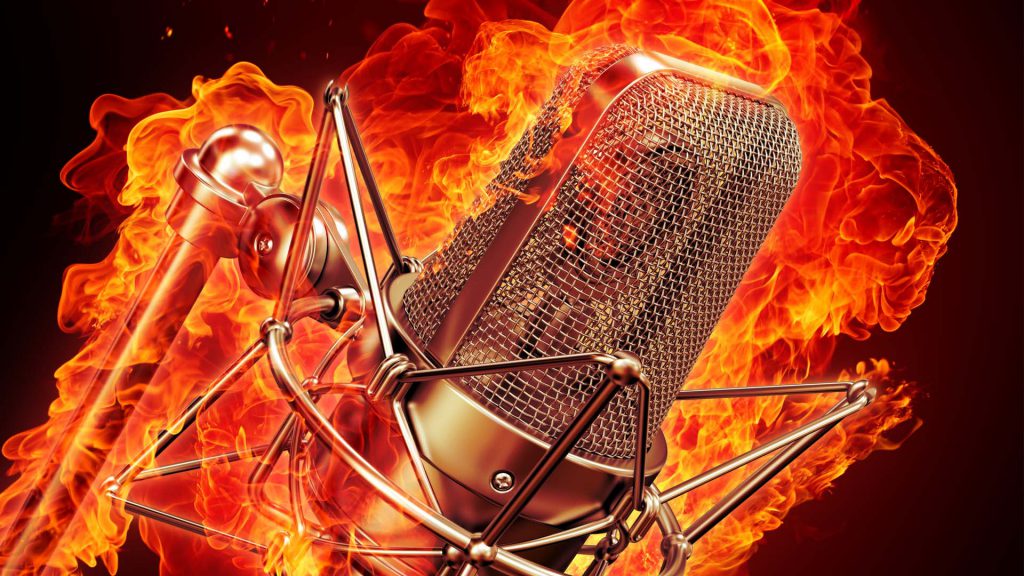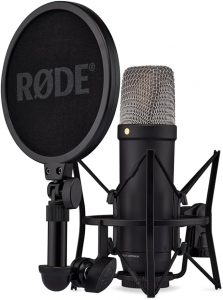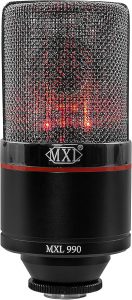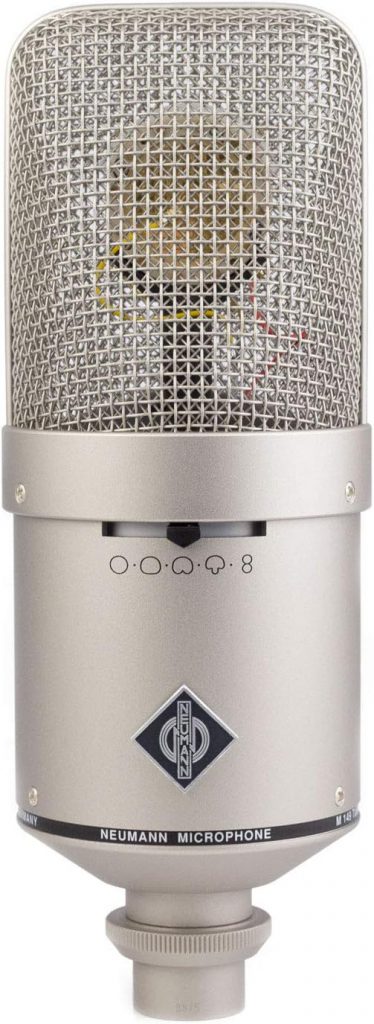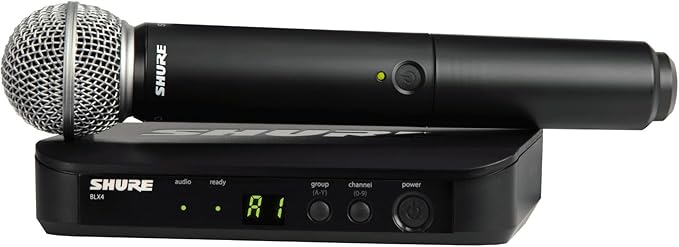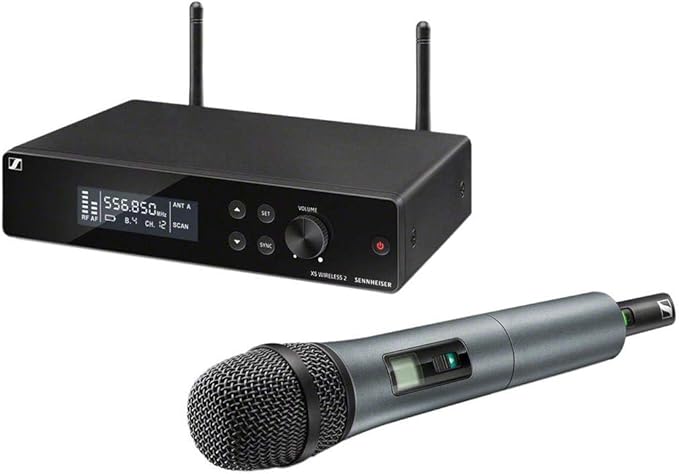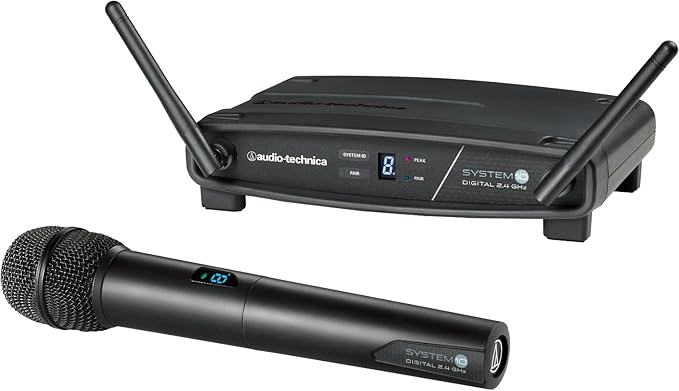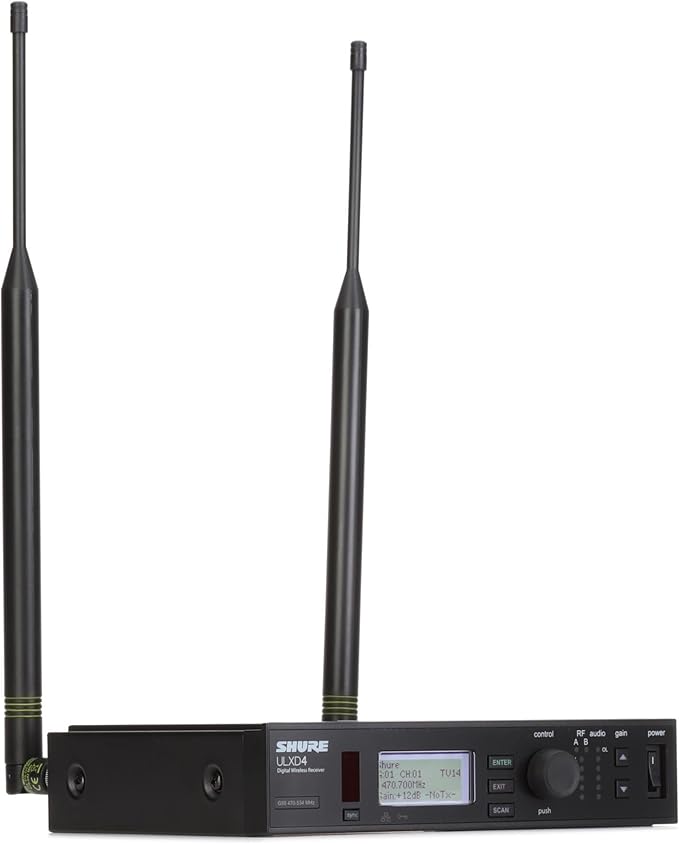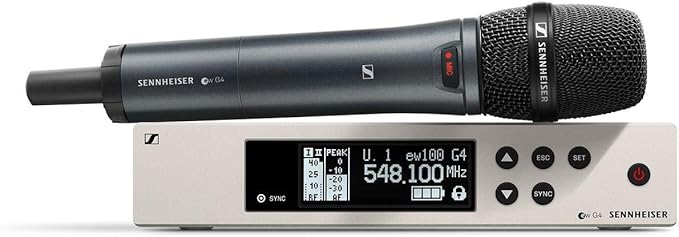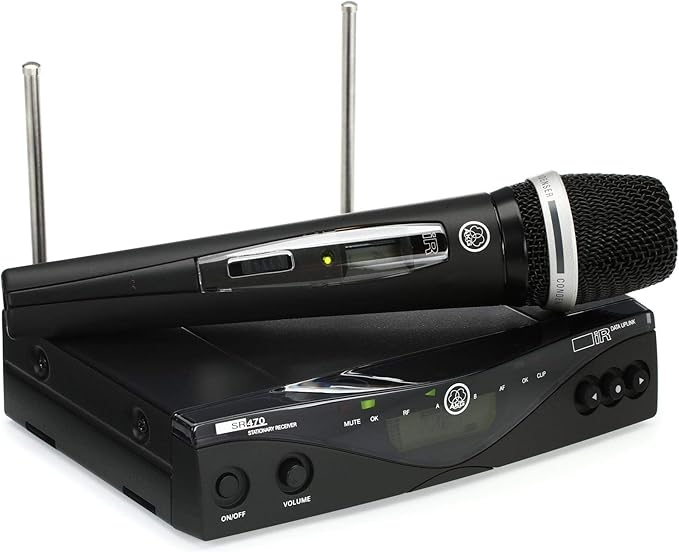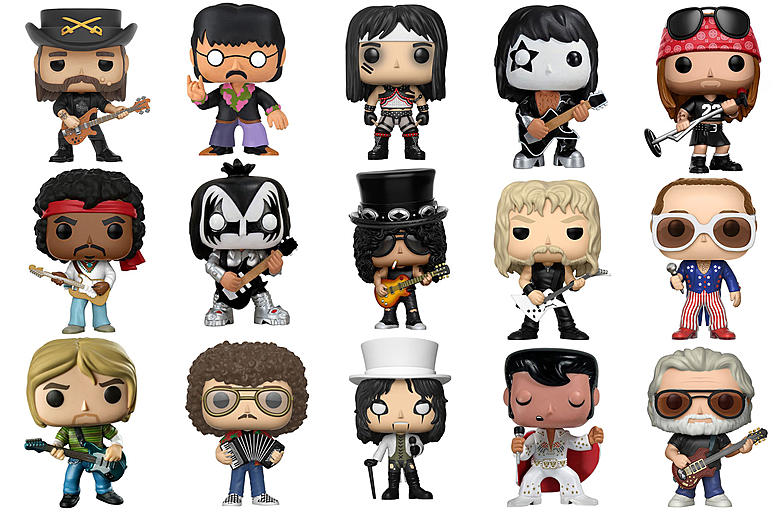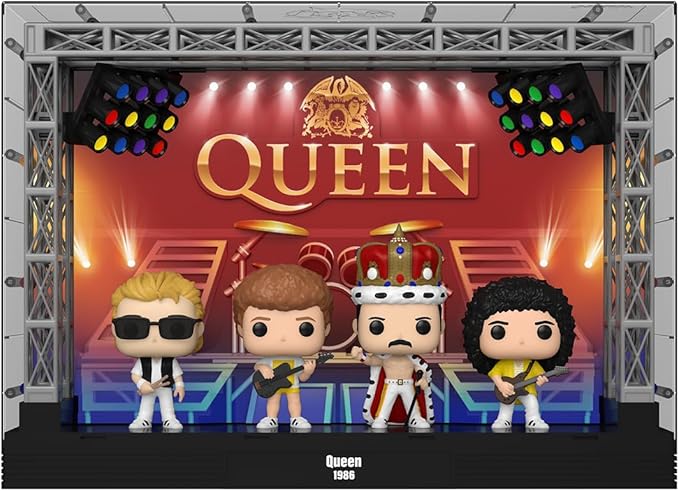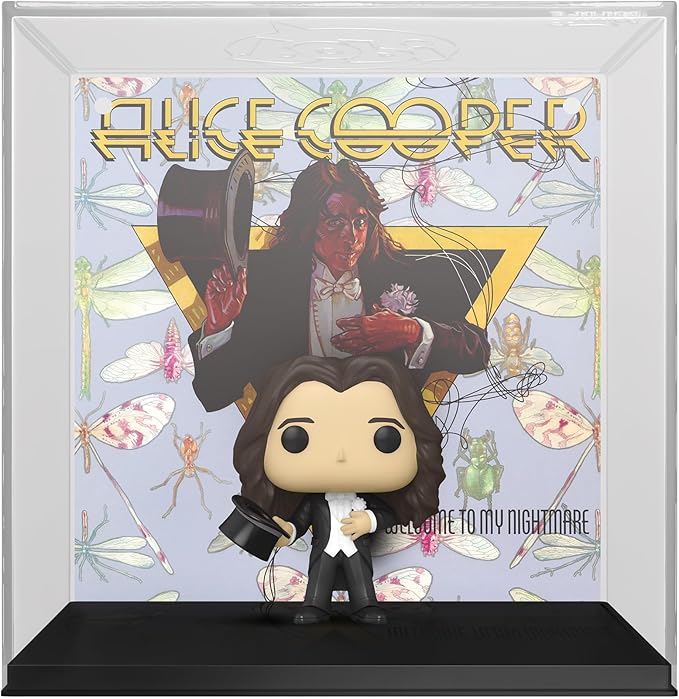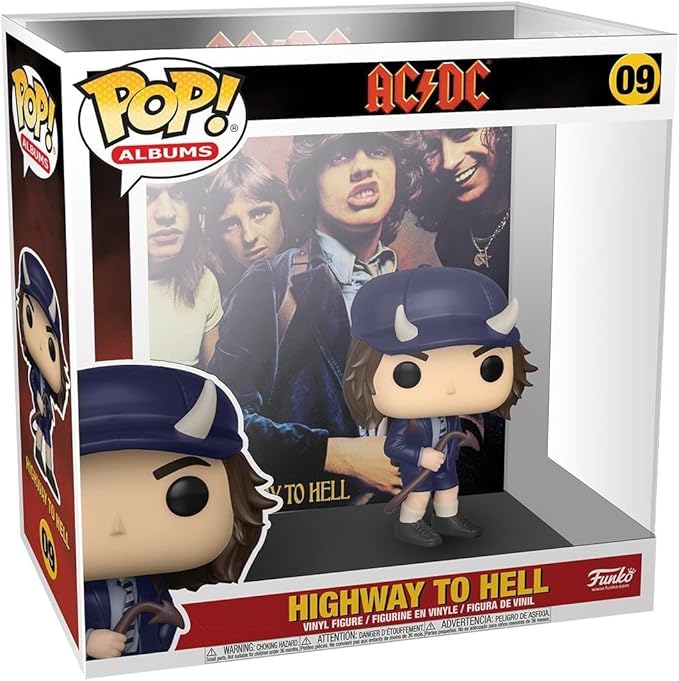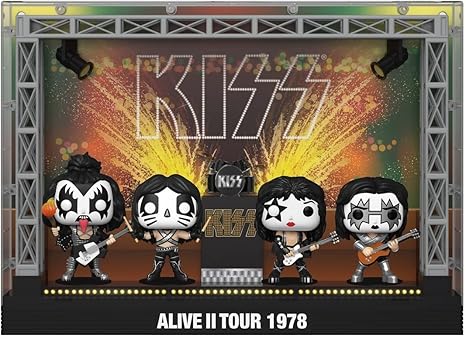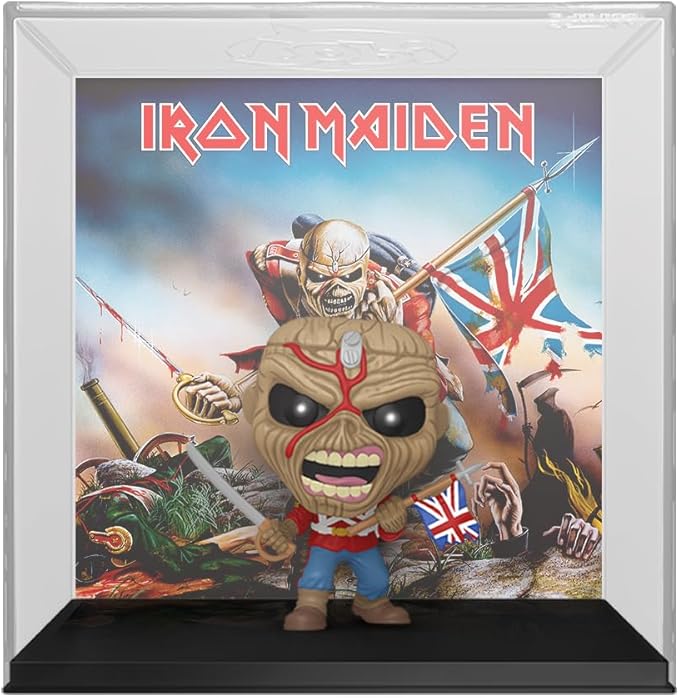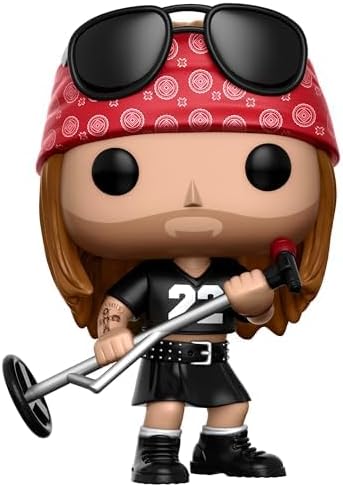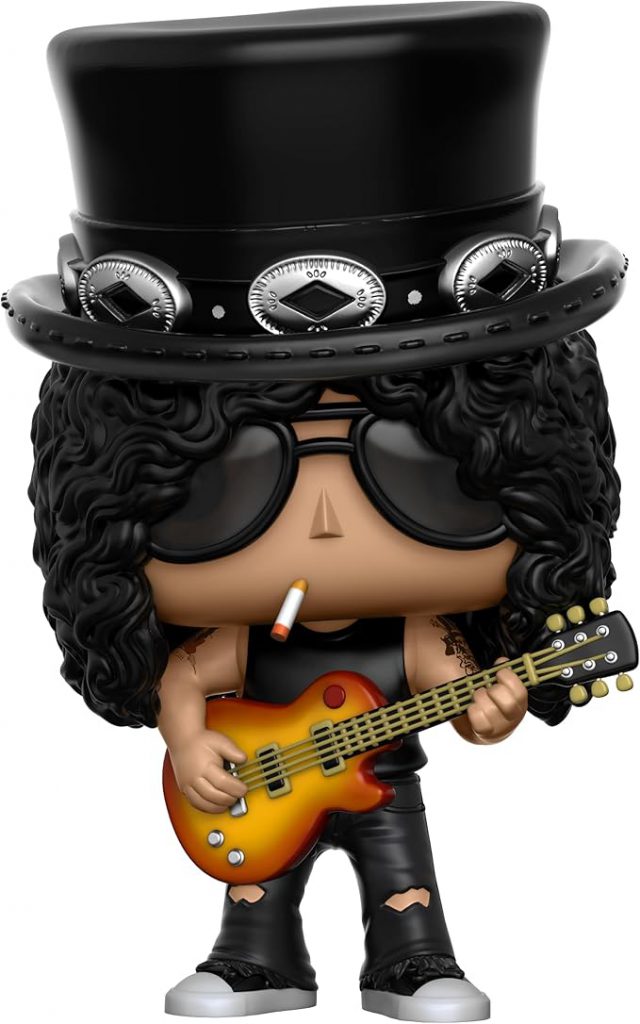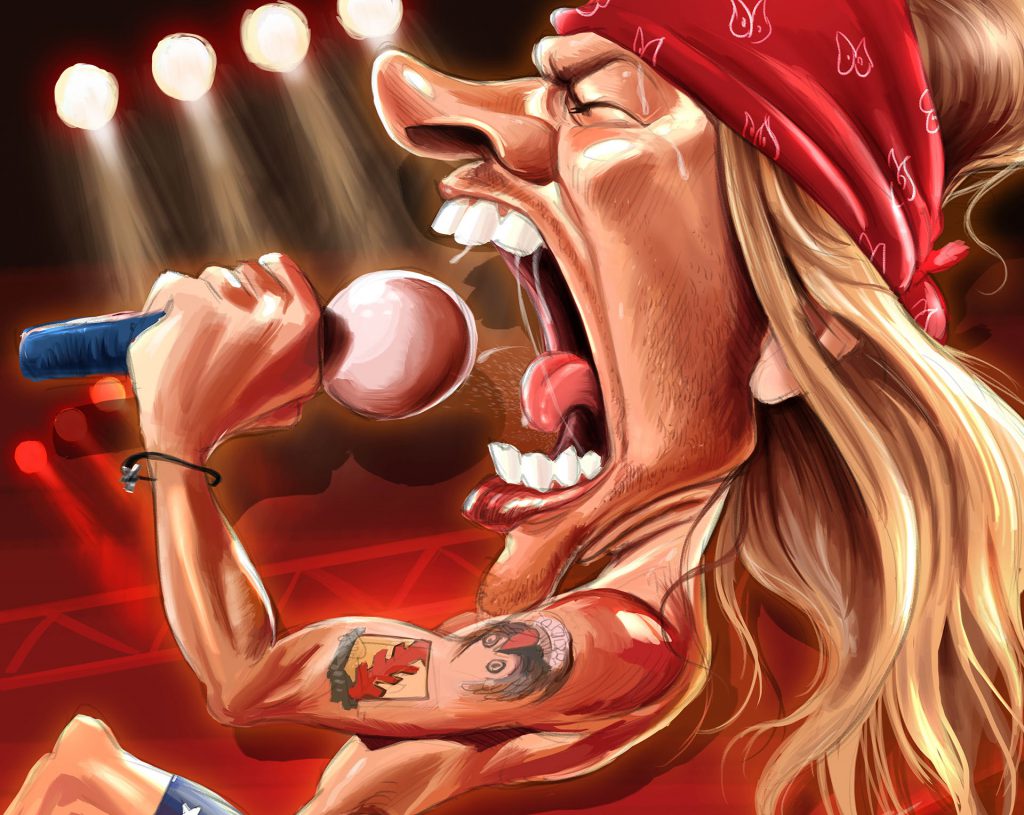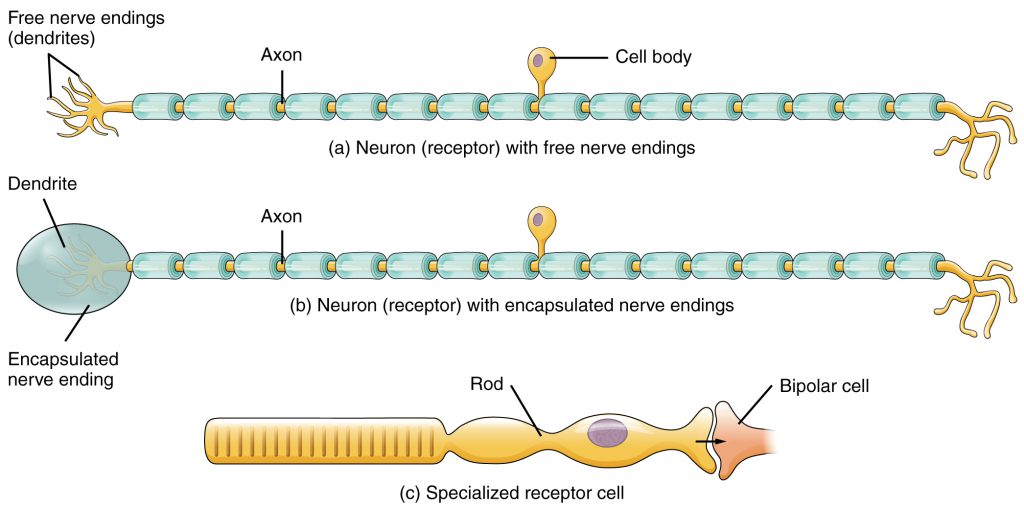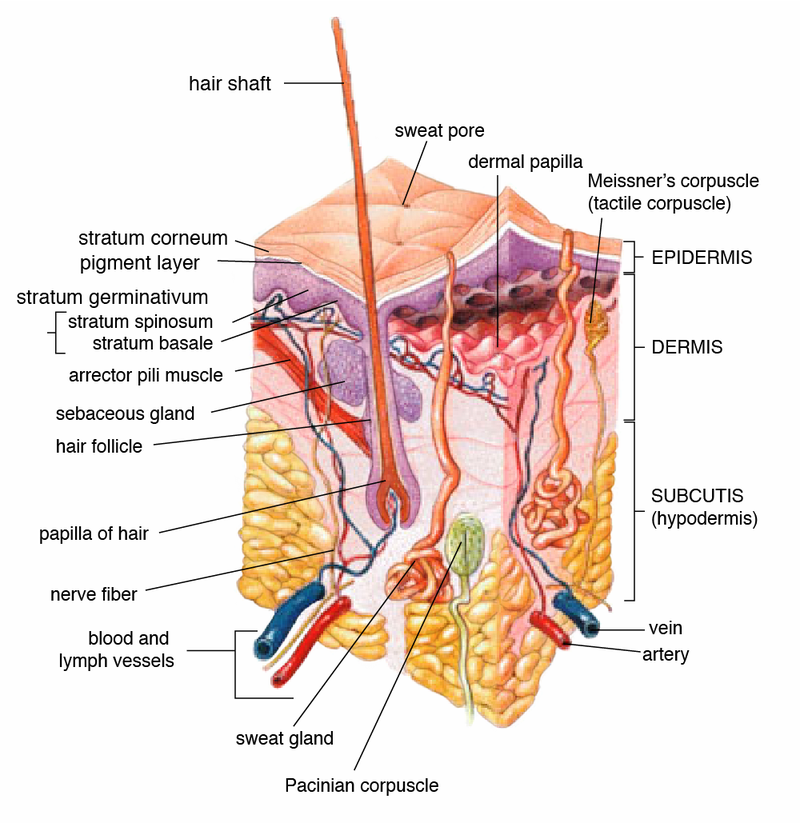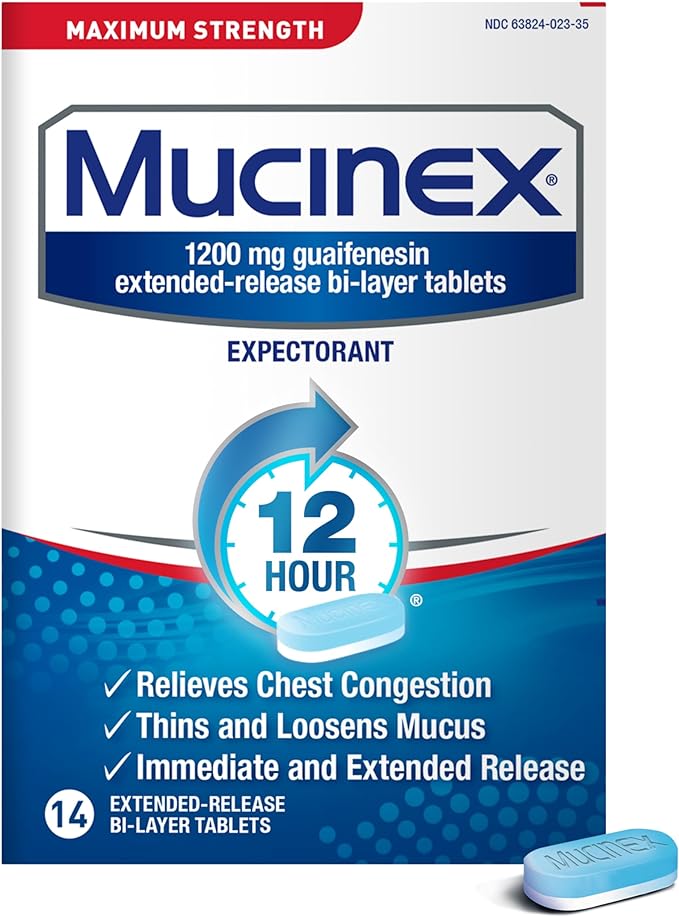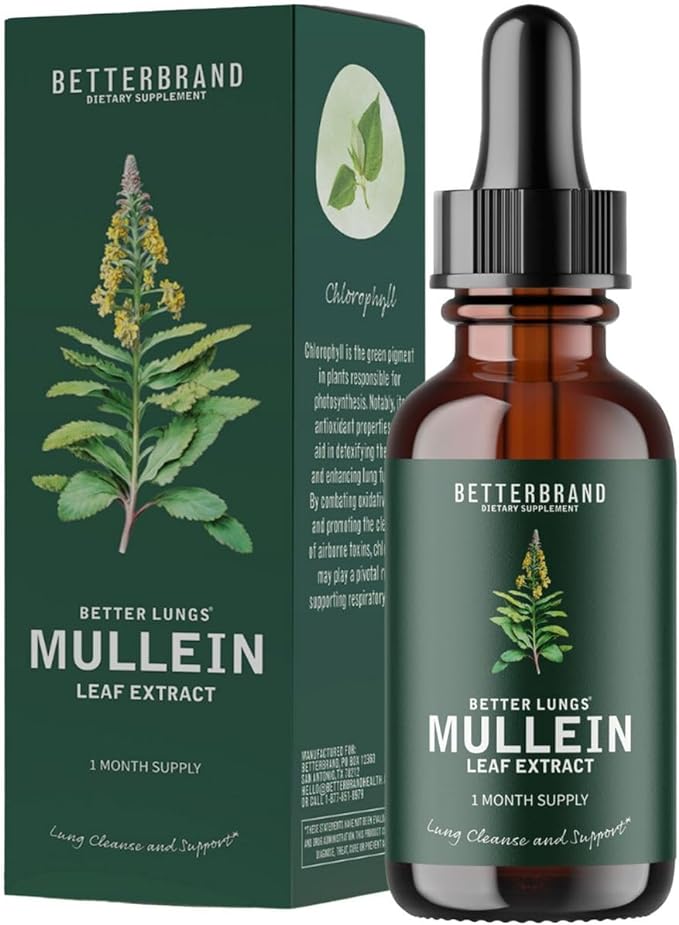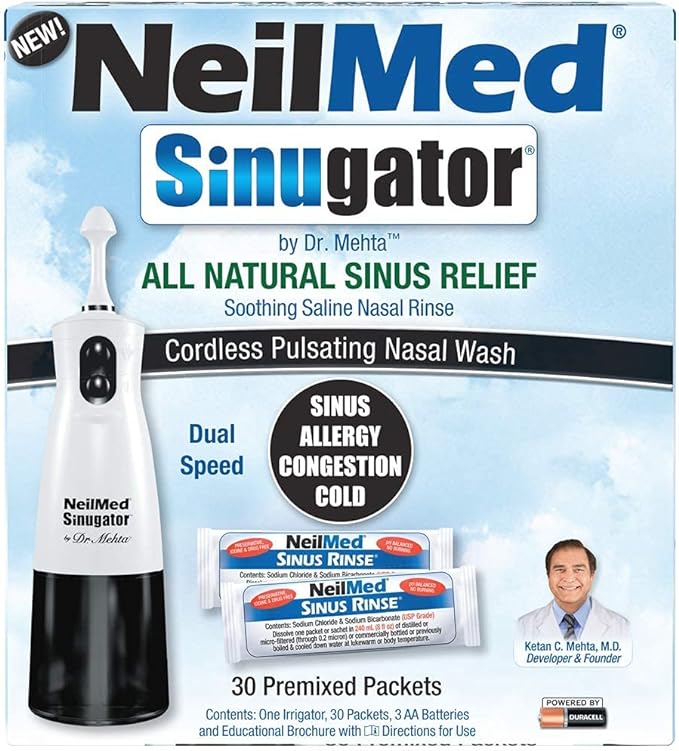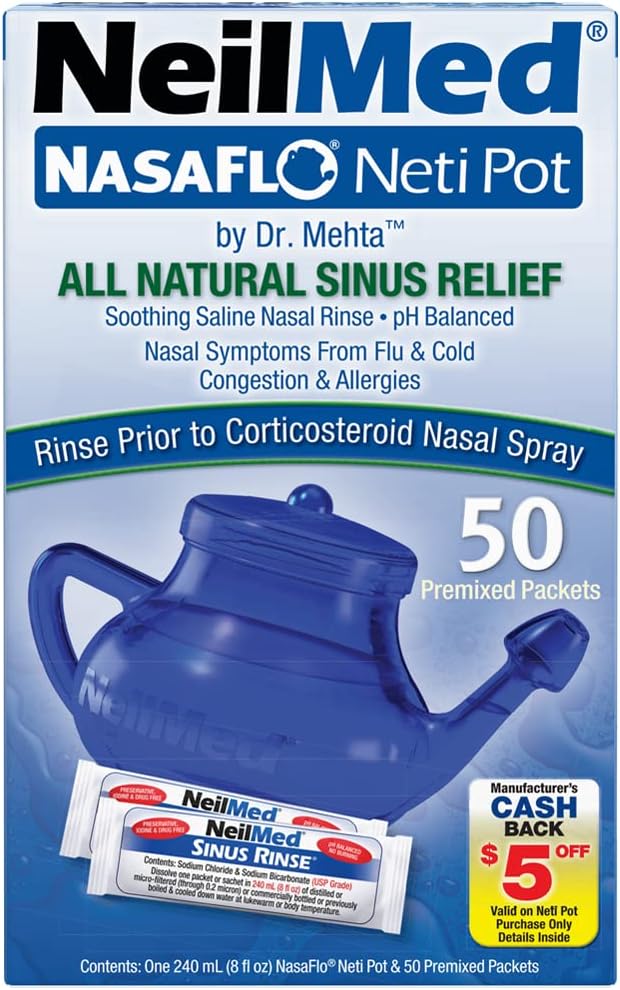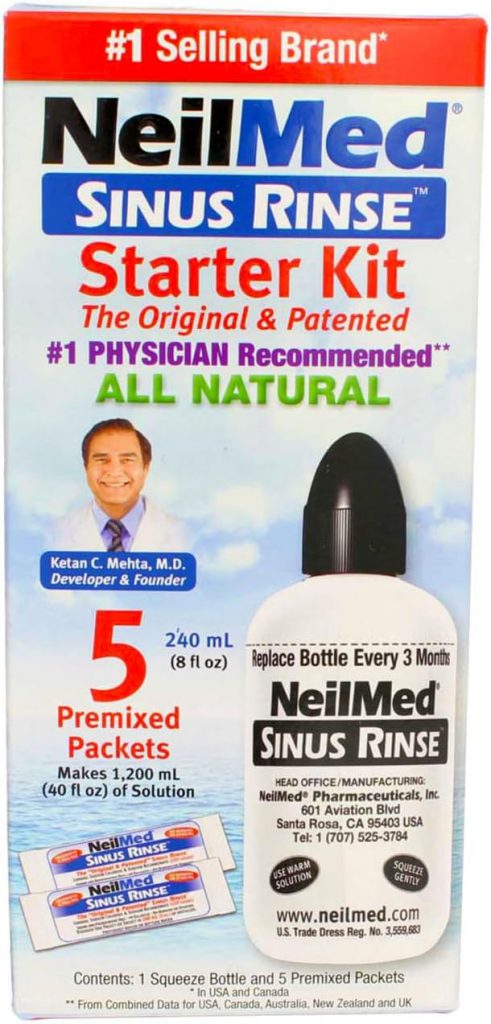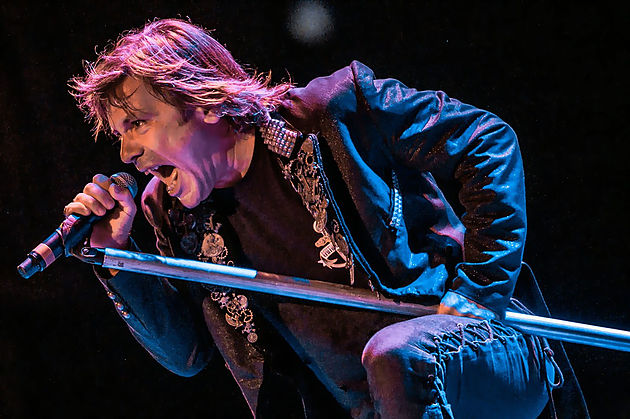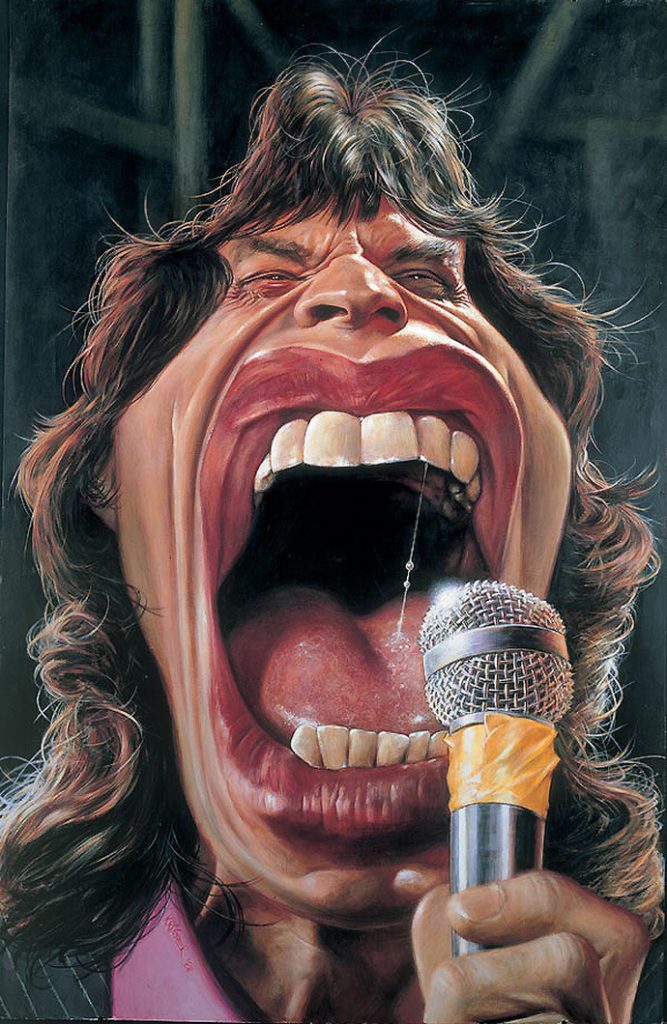Choosing the best microphone for your singing ability
Choosing the right microphone for singing can make all the difference in your performance and recording quality.
Whether you’re a beginner stepping onto the stage for the first time, an intermediate singer looking to upgrade your gear, or a seasoned professional refining your setup, selecting the right microphone is crucial. This guide will help you understand the most popular microphone types for live performances and studio recording, so you can make a better informed decision that will help you experience your very own Rapid Vocal Results.
Singers often develop trust relationships and loyalty to certain microphone brands. We base this loyalty on the dependability and reliability of the build quality and the features of each microphone. Within this post, you’ll find several brands recommended across each list to make sure that there’s a high-quality option that aligns with your personal tastes.
Checklist for buying your first microphone
Before diving into the specifics of different microphone types, consider these essential factors to narrow down your options:
1. What is your microphone budget?
Microphones vary widely in price, from budget-friendly options to high-end models. Setting a clear budget will help you focus on microphones that offer the best value for your money, whether you’re looking for a cost-effective dynamic mic or a premium condenser microphone.
2. What is the intended application of the microphone?
Determine how you will primarily use the microphone:
- Live performances: If you’re gearing up for stage performances, you’ll need a microphone that can handle the rigors of live settings.
- Recording: For those interested in studio recording or producing a high quality podcast, versatility and sound quality become paramount. We’ll explore different types of microphones used for recording musical instruments and their various applications in a future post.
Best microphones for live vocals
When it comes to live vocals and performances, three main types of microphones stand out: dynamic microphones, condenser microphones, and wireless microphone systems. Each offers unique advantages depending on your needs.
I’ll link to each of my top picks for each type of microphone in the sections below. I’m also recommending a few solid alternatives just in case my top pick isn’t available in your country.
What is a dynamic microphone?
Dynamic microphones are known for their durability and ability to handle high sound pressure levels, making them ideal for live performances. They are less sensitive to background noise and feedback, which is crucial in a lively stage environment.
Dynamic mics operate through electromagnetic induction. They use a diaphragm attached to a conductive coil within a magnetic field. Sound waves cause the diaphragm to vibrate, which moves the coil within the field, generating an electrical signal that mirrors the sound wave. This robust design is ideal for dynamic vocal performances and live singing scenarios.
Pros and cons of dynamic microphones
- Pros: Durable, affordable, and less prone to feedback, making them great for live vocal performances and professional public speaking events.
- Cons: Less sensitive than condenser microphones, which can affect the capture of subtle vocal nuances. Dynamic mics may not be the best choice for detailed studio recordings or vocal lessons that require high precision.
Top dynamic microphones for each singing level
Best dynamic microphones for beginner vocalists
Shure SM58
The SM58 is a classic choice for live vocals, renowned for its durability and dependable performance.
You can’t really go wrong with this microphone. Since 1966, it has been the most used microphone in its price bracket for over 50 years, and for good reason!
I personally two of these microphones that I take with me to every gig as a failsafe backup option that I can rely on. I can honestly say that I’ve used the SM58 on many occasions when wireless microphones and/or phantom power for fancier microphones have failed me.
Sennheiser e835
The Sennheiser e835 offers clear sound and robust feedback rejection, ideal for newcomers to live performance.
This is a solid, reliable option that is a good alternative to the SM58 if you can’t easily get your hands on one, or prefer the Sennheiser sound.
AKG D5

The AKG D5 provides a clear sound with a supercardioid pattern, making it a solid option for those just starting out.
The supercardioid pattern helps to reduce feedback, while being of similar quality to the famous SM58 which is the benchmark for beginner live micrphones.
Best dynamic microphones for intermediate vocalists
Shure Beta 58A
Known for its focused sound and feedback rejection, suitable for more serious live performers.
This microphone is a direct upgrade from the Shure SM58. Its claim to fame is its gain before feedback. It’s great for really powerful singers and it’s extremely unlikely that a big voice will clip while using the Shure Beta 58A.
Sebastian Bach from Skid Row famously used this microphone and is a very powerful singer in his own right. I like to use my 58A on big stages, but use it less in smaller practice rooms as it doesn’t like closed-in spaces as much.
Sennheiser e845
The Sennheiser e845 is a step up from the e835, with enhanced feedback rejection and clarity. It’s an ideal supercardioid microphone for intermediate users.
The extended high frequency response and supercardioid pickup pattern make this mic a serious contender. It’s one of the best budget options in its class on the market at the moment.
AKG D7
The AKG D7 delivers a detailed and powerful sound with excellent feedback control, making it a great choice for intermediate performers.
This microphone is a direct upgrade from the D5, adding a high-pass filter which reduces the amount of unwanted noise picked up by the microphone and helps to naturally enhance your vocals.
Best dynamic microphones for professional vocalists
Shure Beta 87A
The Shure Beta 87A offers superior clarity and feedback rejection, a top choice for some studio vocal applications.
An upgrade from the Sure Beta 58A, the Beta 87A includes features that are designed for studio-quality vocals, but can be prone to more feedback than the 58A as a result.
A capable PA or sound engineer should be able to mitigate the increased chance of feedback, delivering a professional quality experience for your audience. When this is done, the microphone transforms into a top-notch live performance microphone.
Artists like Dua Lipa, Thom York (Radiohead), Phil Colins, Maynard James Keenen (Tool) and Elvis Costello are among many artists that have been seen performing live with this microphone.
Sennheiser e945
The Sennheiser e945 is a high-end microphone with a super-cardioid pattern, providing exceptional sound quality and versatility. The 900 series from Sennheiser contains their elite microphone range, which also includes the Sennheiser e935 (cardioid dynamic) and the Sennheiser e965, which is a condenser microphone and worthy of consideration.
This is a direct upgrade from the Sennheiser e845, improving sound clarity. With its super-cardioid pattern, this microphone works really well on noisy stages.
While using this microphone, you do need to pay more attention to your plosives and your sibilance due to the increase in clarity. Once again though, partnered with a good sound engineer, this becomes less of an issue.
Artists like Ed Sheeran, Billy Corgan and Shawn Mendez have been known to use this mic for live performances.
Heil PR 35

Renowned for its precise sound reproduction and low handling noise, the Heil PR 35 is perfect for high-level live performances. These mics are the “Ferrari” compared to the other mics on the professional list.
While they do offer additional bells and whistles that are not found in either of its competitors, the Heil PR-35 is as temperamental as the famous Ferrari racing car. It’s the only microphone I can think of that carries a user warning because in order to get this Ferrari of a microphone to turn in a high performance, you need to either be a very capable engineer or have a good sound person operating your desk.
Why even add this mic to the list? Because when set up and operated properly, the Heil PR 35 has its place on professional stages. If you’re a touring artist and you’ve got a professional PA (with a high pass filter), then you can set this mic up to deliver the best possible performance.
My personal professional recommendation is a tie between the Shure Beta 87a and the Sennheiser E965. Both mics are great for professional use, so getting a good deal on either microphone will give you a tool that is sure to serve you well for years to come.
What is a condenser microphone?
Condenser microphones are designed to capture subtle nuances with high precision. They work using electrostatic principles, where a diaphragm and a stationary back-plate form a capacitor. When sound waves hit the diaphragm, it vibrates, altering the distance between the diaphragm and the back-plate, producing an electrical signal.
Pros and cons of condenser microphones
- Pros: Excellent for capturing the full range of vocal tones, making them ideal for both live performances and studio recording. Condenser microphones provide a warmer sound and greater sensitivity, perfect for detailed vocal recordings and for podcasting or similar activities.
- Cons: They require a power source, either through batteries or phantom power, and can be more expensive due to their complex design.
Top condenser microphones for each singing level
Best condenser microphones for beginner vocalists
Audio-Technica AT2020
The Audio-Technica AT2020 offers a great balance of quality and affordability, making it ideal for those starting out in vocal recording.
This microphone is built solidly and is great for an entry-level home studio because it can handle loud sounds without distorting. This is also a great option for podcasters who are looking at their first upgrade from a USB microphone.
Rode NT1
Known for its low self-noise and clarity, the Rode NT1 provides excellent value for beginners.
It has very low noise, good sound quality and comes with an integrated pop filter and shock mount (usually purchased separately for other microphones) and the new 5th generation version is super versatile with the option for either a USB connection or XLR cable.
The USB option makes this even better for people that need to travel and power their microphone from multiple sources.
MXL 990
The MXL 990 is a budget-friendly condenser mic option with a solid performance for entry-level recordings.
Compared to something like the AT2020 above, which is a large diaphragm condenser, the MXL 990 is a small diaphragm condenser, which could be a more portable option for those needing to record on the road. Better yet? It comes in multiple colors!
Best condenser microphones for intermediate vocalists
Rode NT2-A
This is a microphone that sits in my personal stable. The Rode NT2-A provides versatile features and excellent sound quality, suitable for more advanced home studios.
The Rode NT2-A has high build quality and is highly configurable, with a variable high-pass filter, a variable pad and a variable polar pattern. This microphone has served me extremely well, recording vocal demos over at least three years.
In a well-treated acoustic studio, this microphone really shines. Rode microphones at any price point are traditionally the quietest microphones on the market and this one has a claim to fame of being around 10dB quieter than its usual competition.
The Rode NT2-A can handle a lot of noise, making it great for both powerful singers and acoustic guitar, making it my top choice in this category.
Unlike the NT1, this one doesn’t come with an included shock mount but if you’re eyeing this microphone up, I’d recommend purchasing a compatible one along with the mic.
AKG C214
The AKG C214 offers professional-grade sound with a more accessible price, making it ideal for serious intermediate vocalists or podcasters.
This is a good all round mic and comes with both a low cut filter and switchable 20dB attenuation. It’s a great choice for recording alongside strings (e.g. an electric guitar) due to its frequency range, preventing them from sounding too trebly or whiny.
Unlike the NT2-A above, it has just a single pick up pattern so is a little less versatile.
Shure KSM32
The Shure KSM32 is a reliable choice with a clear, natural sound, perfect for intermediate users. Again it includes a single cardioid polar pattern, which does make it simpler to operate than the Rode NT2-A, albeit less versatile.
This is a step up in price point from some of the other options on this list, but can be worth it to virtually eliminate any background noise with its built-in low frequency filter.
Best condenser microphones for professional vocalists
Neumann U87
A legendary microphone known for its superior sound quality and versatility, used in high-end studios worldwide.
AKG C414 XLII

Offers multiple polar patterns and exceptional clarity, ideal for professional recording environments.
Sony C-100
Renowned for its high fidelity and warmth, a top choice for professional vocal recordings.
Check the price of a Sony C-100 Two-Way Condenser Microphone on Amazon
Neumann M149
This is my favorite microphone of all time and I’ve recently taken the leap and invested in one of these for myself.
I have achieved studio-level quality vocal recordings in untreated rooms with this mic. Not only that, when you invest in a high-end microphone like this one, you suddenly have this amazing consistency.
I can pack down and set up this microphone again in whichever studio I happen to be recording in and I can immediately find the same recording tone and sound. This means that I don’t need to waste any time struggling to ensure one guitar track sounds the same as the one I recorded weeks prior in a different room. The same goes with vocals, of course!
This is a high-end microphone that I can highly recommend. The catch is that availability is often limited due to these being made by hand in Germany by Neumann. Believe me though, it’s well worth the wait for its distinctive sound and it has become my own secret weapon when it comes to making any vocal sound world class.
Check the price and availability of the Neumann M149 on Amazon
What is a wireless microphone?
Wireless microphones provide the convenience of freedom from cables, which is ideal for stage performances where mobility is essential. A wireless system includes a transmitter and a receiver.
- Transmitter: Encodes the audio signal into a radio frequency (RF) signal.
- Receiver: Decodes the RF signal back into an audio signal and sends it to your mixer or recording device.
Pros and cons of wireless microphones:
- Pros: Wireless microphones provide mobility, eliminating cable tangling, and are suitable for energetic performances. They are especially helpful for performers that like to move around on stage, without getting tangled up.
- Cons: Higher cost and potential for interference in crowded radio environments. Requires batteries or recharging, which can be a consideration for regular use.
Top wireless microphone systems for each singing level
Before you buy any microphone, but this is especially true for wireless microphones, be prepared to dive into the specifications sheet. Get to know the advantages and disadvantages of the microphone you’re looking at. You will find this invaluable for making good purchasing decisions and making your money go as far as it can.
These are my top picks for wireless microphones, which have a noticeable increase in additional volume on stage. If you are a beginner singer about to start out with your first band and you don’t have a particularly strong voice, a wireless microphone with its extra volume boost can potentially make life a bit easier for you.
The difference between the entry level microphones and the professional grade kits is that the higher end systems come with many more channels available to you. Good higher channel systems can automatically switch channels as soon as they encounter any kind of interference while they’re operating, ensuring your voice remains as clear as possible throughout your performance.
If you’re new to performing, you might be playing on fairly small stages that make it easy to become tangled in cables. A wireless microphone can be a very easy solution to help you become more mobile and avoid adding to the amount of cables on the stage. Plus, as a singer, it’s so much fun to be able to get off the stage and have a wander around in the audience. Doing this can often give you a different perspective of what the band is sounding like through the front of house speaker system, so it’s always a great idea to do this at least once per show if you can!
Best wireless microphones for beginner vocalists
Shure BLX24/SM58
Combines the reliability of the SM58 with the convenience of wireless, ideal for newcomers.
Sennheiser XSW 2-835-A
Offers good performance and ease of use for those new to wireless systems.
Audio-Technica System 10 ATW-1102
A straightforward system with digital clarity and ease of setup.
Check the price of a Audio-Technica System 10 ATW-1102 on Amazon
Best wireless microphones for intermediate vocalists
Shure ULX-D
Provides digital wireless technology with high-quality sound and a robust signal, suitable for intermediate performers.
In this grade, often transmitters (microphones) and receivers are sold separately, providing flexibility on your choice of microphone. A great microphone transmitter option to pair the receiver with as an intermediate vocalist is the ULXD2/B58, which is effectively the wireless version of the B58 discussed in the dynamic microphone section of this post.
Sennheiser EW 100-835S
Known for its reliability and sound quality, ideal for more frequent live performances.
AKG Pro Audio WMS470
Compact and versatile, offering professional-level features in a user-friendly package.
Best wireless microphones for professional vocalists
Shure Axient Digital
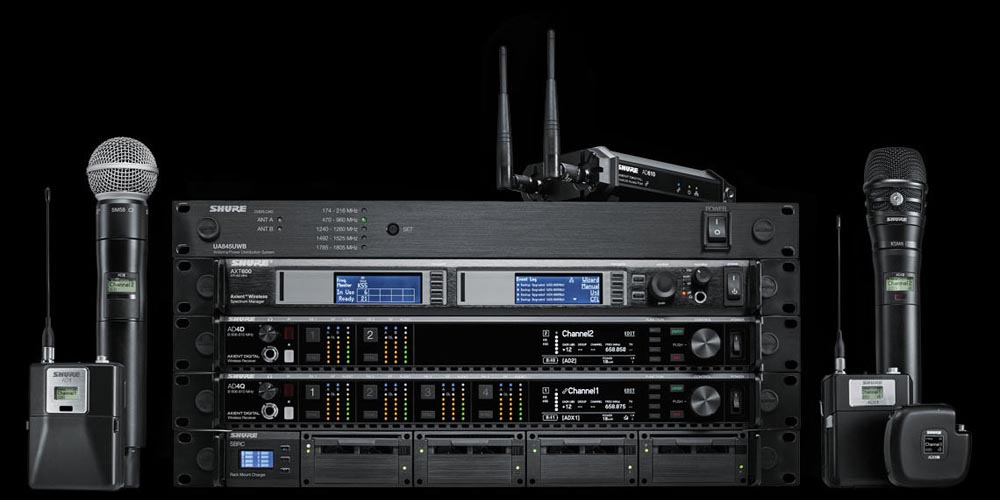
A top-tier system offering exceptional audio quality and advanced features for professional use.
This one is only available by requesting a quote through Shure directly. Click here for more information.
Sennheiser Digital 6000
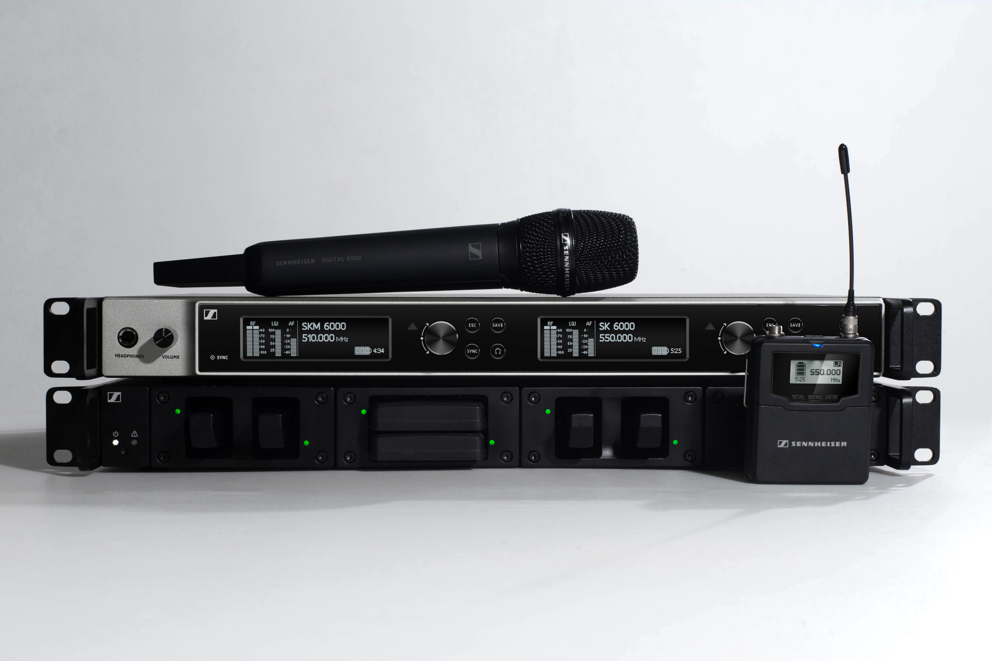
Known for its superior performance and frequency agility, perfect for high-demand environments.
Click here for more information on the EM 6000 receiver on Sennheiser’s website (this is another one where the receiver and transmitter must be purchased separately).
Check the price of a Sennheiser SKM 6000 transmitter on Amazon
Lectrosonics Venue2
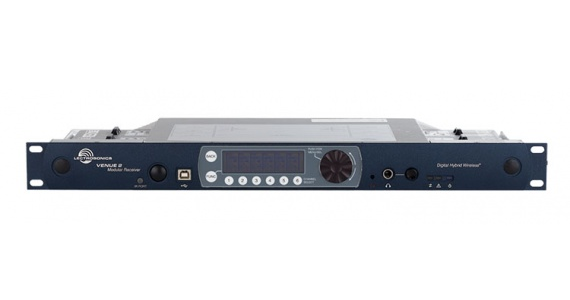
Provides high-end audio quality and flexibility, used in top-tier live sound and broadcast settings.
View more information on Lectrosonic’s website. Note, this receiver needs to be paired with transmitters like this one.
Why selecting the right microphone matters
Selecting the right microphone for your needs can significantly impact your performance and recording quality. By understanding your budget, intended use, and the advantages of each microphone type, you can make an informed choice that enhances your vocal results. Whether you opt for a dynamic microphone, a condenser microphone, or the flexibility of a wireless system, your choice should align with your unique needs as a vocalist.
A good singing teacher or vocal coach should have lots of first hand experience using different types of microphones in various types of live performance and recording environments. It’s vital that singers understand that different types of vocal microphones will sonically color or enhance our performing voice and that a cheap microphone may look appealing to our wallet, but wont do much to help you win over new fans.
Your singing teacher or vocal coach should be knowledgeable about all things related to singing, including microphones and how they work. I’m more than happy to provide personalized advice to my students at any time. If you’re a student of mine looking for your first microphone, feel free to contact me or bring it up the next time we see each other.
If you’re already working with another singing teacher or vocal coach but they aren’t knowledgeable in this area, I’m currently taking on new students for vocal diagnostic sessions. Let’s talk about making your vocal goals a reality. Contact me today for expert guidance on how to take your singing to the next level.
Better information leads to better singing.
Disclaimer: If you make a purchase from one of the above Amazon Associate links, a tiny commission goes to supporting the site. In keeping with my “No BS” policy, I only ever recommend products that I personally use or know are beneficial to my readers.

